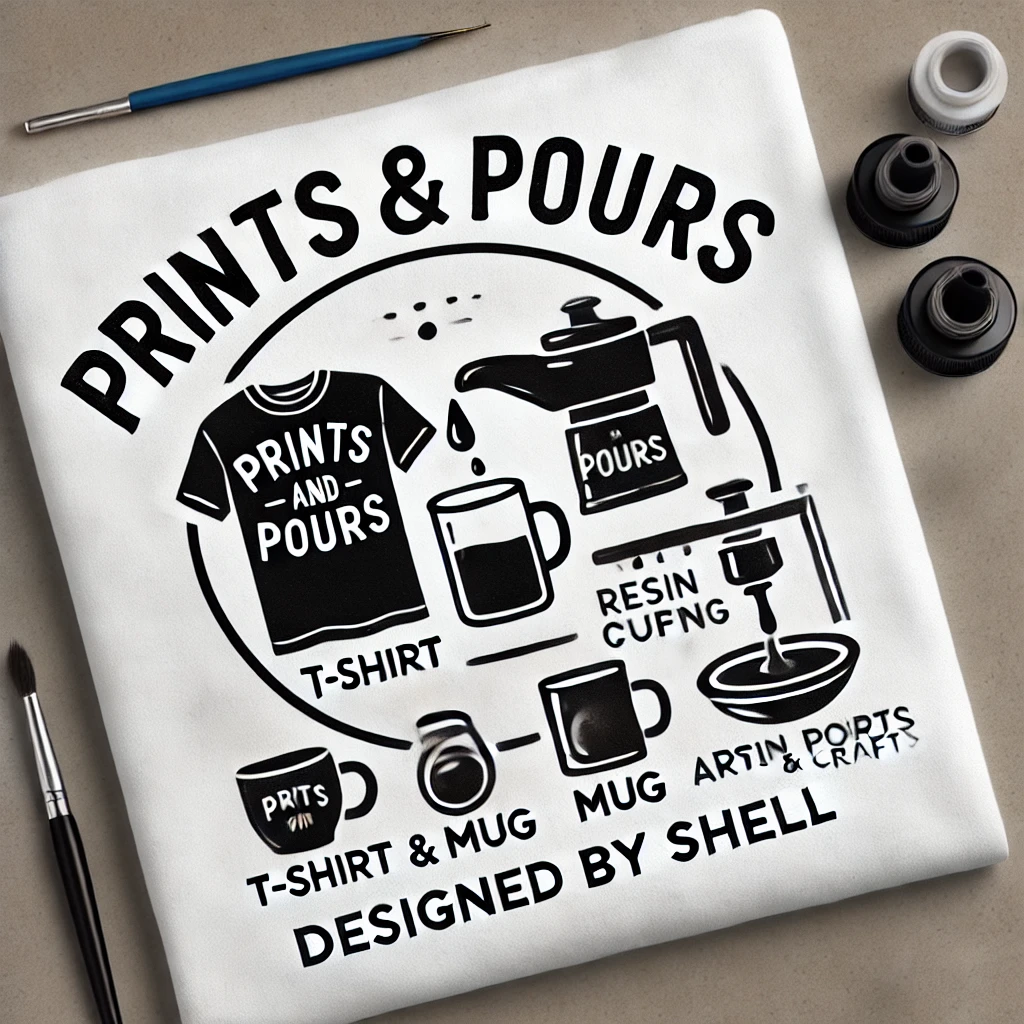Tips on Selecting Art that Complements Various Interior Styles

Choosing the right art for your home can be a challenging but rewarding process. The right piece can elevate your space, adding personality and style. Here are some tips on selecting art that complements various interior styles.
1. Understanding Your Interior Style
Before selecting art, it’s essential to understand your interior style. Whether your home is modern, traditional, rustic, or eclectic, knowing your style will guide your art choices. Here are some popular interior styles and their characteristics:
Modern
Modern interiors are characterized by clean lines, minimalism, and a neutral color palette. Art in a modern home should reflect these elements with abstract pieces, bold colors, and geometric shapes.
Traditional
Traditional interiors feature classic designs, rich colors, and ornate details. Artwork in a traditional space might include landscapes, portraits, and classic still lifes that complement the sophisticated ambiance.
Rustic
Rustic interiors embrace natural materials, earthy tones, and a cozy atmosphere. Art for a rustic home often includes nature-inspired pieces, such as landscapes, wildlife, and botanical prints.
Eclectic
Eclectic interiors mix various styles and periods, creating a unique and personalized space. Art in an eclectic home can be diverse, incorporating different genres, colors, and media to reflect the homeowner’s individuality.
2. Consider the Room’s Function
The function of the room should influence your art selection. For instance, art in a living room might be more vibrant and dynamic, while bedroom art could be calming and serene.
Living Room
The living room is often the heart of the home, a place for entertaining and relaxation. Choose statement pieces that reflect your style and serve as conversation starters. Large-scale artworks or gallery walls can make a significant impact.
Bedroom
In the bedroom, opt for calming and soothing art to create a restful environment. Abstract pieces in soft colors, landscapes, or tranquil scenes work well. Consider placing art above the bed or on opposite walls for balance.
Kitchen
The kitchen is a bustling space that benefits from art that’s both inspiring and functional. Food-themed art, whimsical prints, or even a small gallery wall can add charm. Ensure the artwork is protected from heat and moisture.
Office
In a home office, choose art that inspires productivity and creativity. Motivational quotes, abstract pieces, or personal photographs can make the space more enjoyable and conducive to work.
3. Matching Colors and Themes
Art should complement the existing color scheme and theme of the room. Here are some tips on matching colors and themes:
Color Coordination
Consider the dominant colors in the room and choose art that either complements or contrasts these hues. For a harmonious look, select artwork with colors that match your decor. For a bold statement, choose pieces with contrasting colors.
Thematic Consistency
Ensure that the theme of the artwork aligns with the room’s purpose and style. For example, beach-themed art works well in a coastal-style room, while urban landscapes suit a contemporary setting.
4. Choosing the Right Size
Size matters when selecting art. The scale of the artwork should be proportional to the wall and the furniture around it. Here are some guidelines:
Large Spaces
In large rooms or on expansive walls, opt for bigger pieces or a collection of artworks to create visual interest. Oversized art can serve as a focal point and anchor the space.
Small Spaces
In smaller rooms or on narrow walls, smaller pieces or a series of smaller artworks can be more appropriate. They prevent the space from feeling overwhelmed and can be arranged creatively.
Gallery Walls
Gallery walls are a fantastic way to display a collection of smaller artworks. Mix and match different sizes, frames, and styles for an eclectic look. Ensure the arrangement feels balanced and cohesive.
5. Mixing Art Styles
Mixing different art styles can add depth and character to your home. Here’s how to do it effectively:
Eclectic Collections
If you enjoy various art styles, create an eclectic collection. Mix modern and traditional pieces, abstract and figurative works. The key is to find a common element, such as color or theme, to tie them together.
Complementary Contrasts
Contrasting styles can complement each other when done thoughtfully. Pair a modern abstract piece with a vintage portrait or a minimalist print with a bold, colorful painting. This approach adds visual interest and reflects a well-curated space.
6. Personal Connection
Choose art that resonates with you personally. Your home should reflect your personality and interests. Here’s how to infuse your personal touch:
Meaningful Pieces
Select artworks that have personal significance. This could be a piece by a favorite artist, a painting of a place you love, or a print that evokes a cherished memory.
Custom Art
Consider commissioning custom art that reflects your unique style and story. Custom pieces can include portraits, abstract designs, or personalized prints that align perfectly with your decor.
Conclusion
Selecting art that complements your interior style involves understanding your decor, considering the room’s function, matching colors and themes, choosing the right size, mixing styles, and ensuring a personal connection. By following these tips, you can create a beautiful, cohesive space that reflects your personality and enhances your home.
Explore the diverse collection at Prints and Pours to find the perfect art pieces for your home. Our custom prints and unique artwork are designed to elevate your decor and make a statement.
